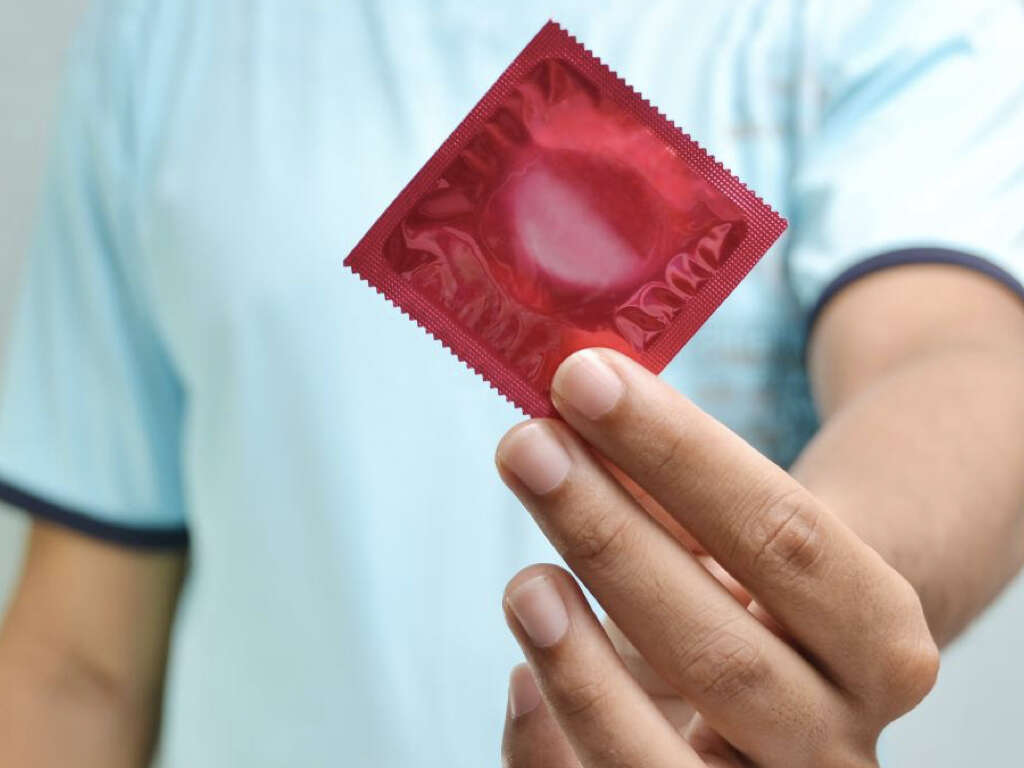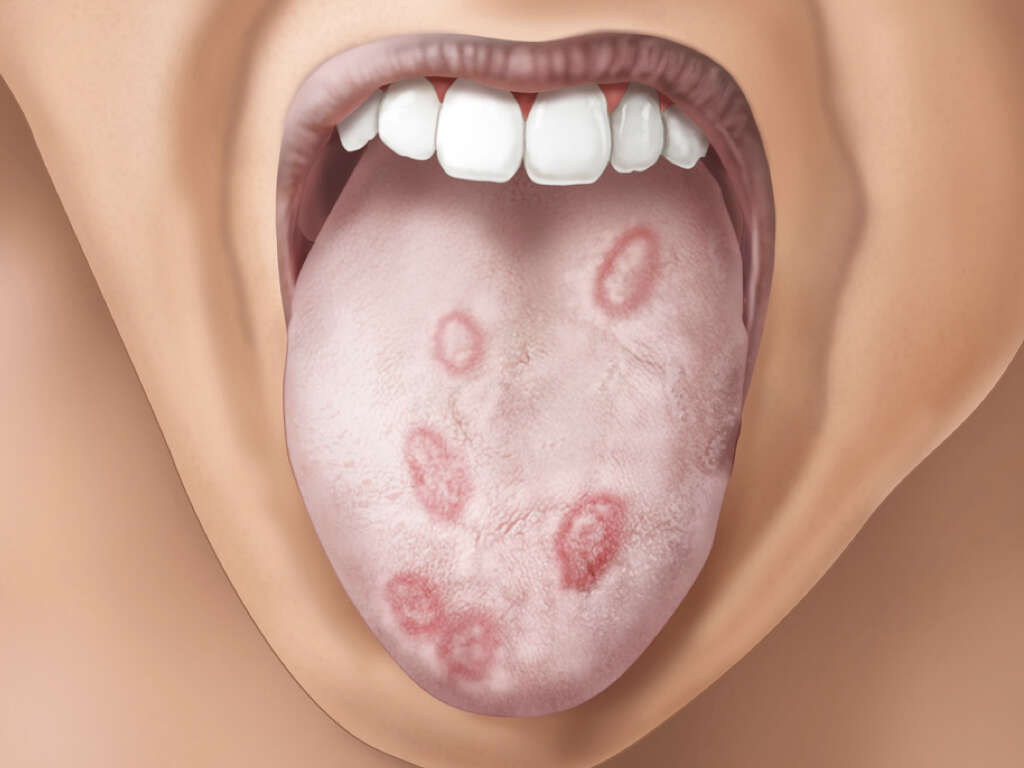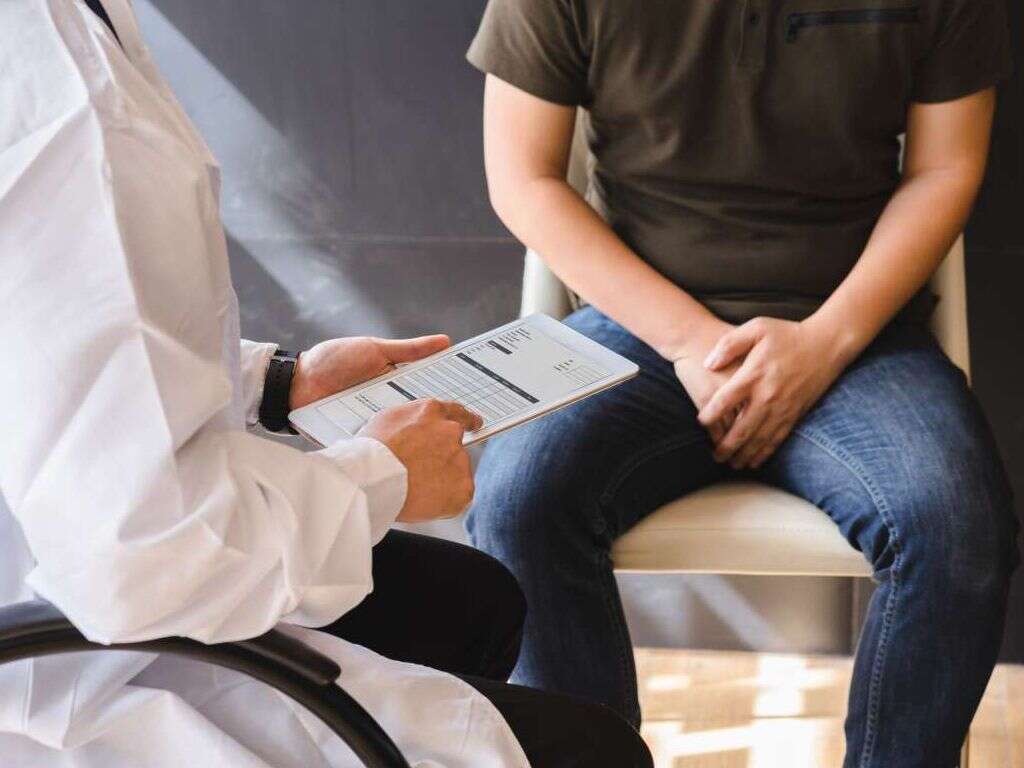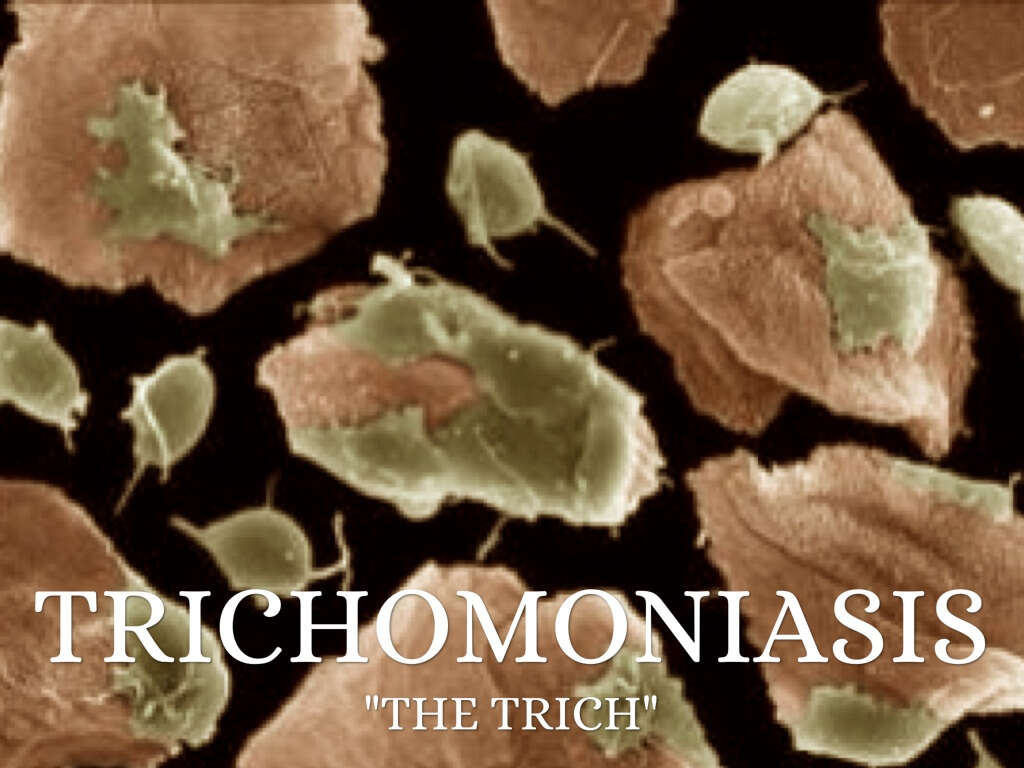What Is Trichomoniasis?
Some parasites are so small that they are able to live inside the orifices of our body. They are too small to do any harm individually but, once they have infected the body, they can proliferate to extraordinary numbers. In these numbers, they can begin to cause some unwelcome symptoms.
With so many different types of parasite, you will find that they can infect pretty much any part of the body they can access. This includes the orifices of our genitalia, and they can be transmitted from one person to another by sexual intercourse. One example of this is a tiny parasite known as trichomoniasis.
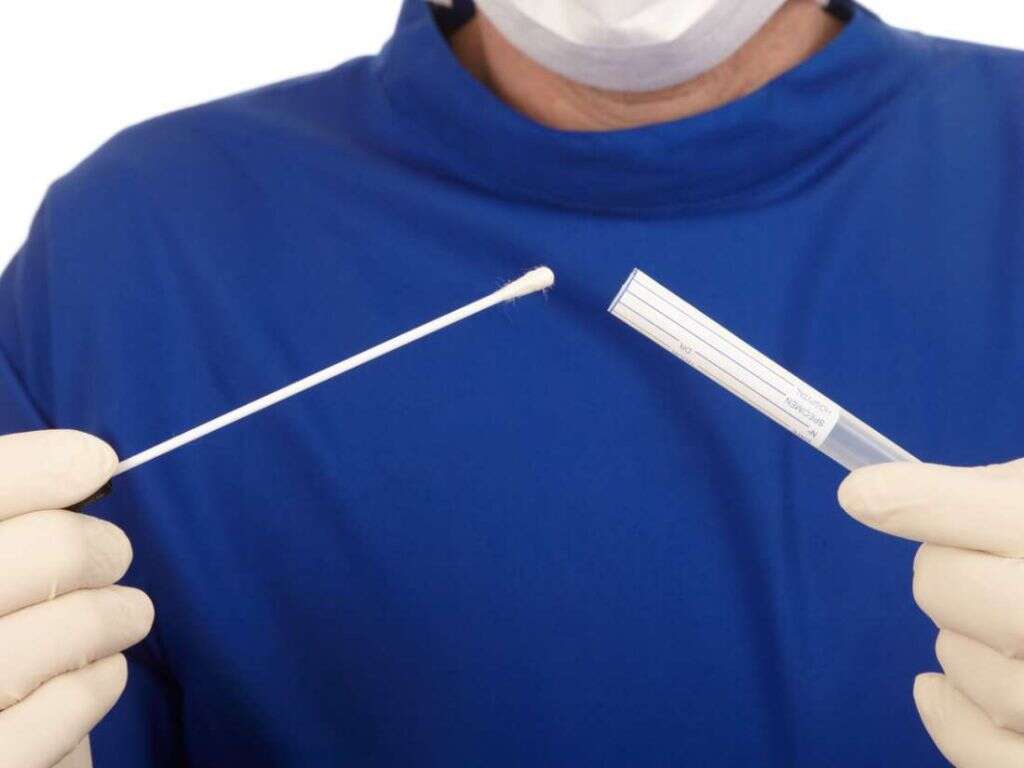
1. Overview
Trichomoniasis, which is often simply called trich, is a type of sexually transmitted disease. It is also very common, with millions of people becoming infected by the disease every year. It is caused by a type of very small parasite. The disease is not necessarily serious in most cases, although it can be very dangerous in pregnant women.
It is thought that symptoms can show after just two days of being infected, although it could be as long as 28 days in some cases. Men will not usually show any symptoms whatsoever. When the symptoms do show in either sex they can be unpleasant, but are not usually something to be particularly concerned about.

2. Trichomona Vaginalis
Trichomonas vaginalis is the name given to the parasite that is responsible for trichomoniasis. As mentioned, trichomoniasis is a sexually transmitted disease, meaning it is spread by way of sexual intercourse. It cannot be transmitted in other ways, and even kissing and hugging an infected person will not cause you to become infected by the parasite yourself.
The parasite will usually cause the lower genital tract to become infected in women. In men, it is the urethra that is infected. It is also possible for other parts of the body to become infected, but this does not usually happen.

3. Prevalence
Trichomoniasis is one of the most common sexually transmitted diseases of all. It is estimated that less than 1% of men will have it in the United States, and just over 2% of women. The disease also appears to be more prevalent in less affluent communities and in people that have not gone on to further education.
One of the reasons for the prevalence of the disease is the highly infectious nature of the parasite. Another reason is that many people with the disease will not be aware of it. This means they won’t try to get it treated, and this means they are more likely to pass it on to other people.

4. Symptoms in Men
In the majority of cases, men will not experience any signs of trichomoniasis whatsoever. Most won’t even be aware that they have the condition at all. They can still pass the infection on to other people during intercourse, however. When symptoms do arise in men, they will be located in the genital area.
Symptoms of the condition typically include the urethra, (the tube that passes through the penis) being irritated. The genital area can also turn red and the patient can also feel an itching and burning sensation. The patient is also likely to feel pain during intercourse, and when urinating.

5. Symptoms in Women
It is also the case in women that symptoms are unlikely, but they are more likely to show in women than they are in men. Again, the patient is still able to transmit the disease to other people regardless of whether or not they are showing symptoms. As with men, when symptoms do arrive, they are going to be located in the genital area.
Typical symptoms in women include redness in the genitals, itching, and burning. The patient will also experience pain when urinating and during intercourse. The patient will also likely have a discharge that can be gray, green, yellow, or white in color. The discharge is also likely to have a very foul smell.

6. Promiscuity
While people should be free to have as many sexual partners as they like, it is advisable to take all reasonable precautions. There are numerous other sexually transmitted diseases in addition to trichomoniasis, and some of them can be very serious indeed. You can try to choose your partners carefully, but that will not keep you completely safe.
One of the most effective ways to prevent sexually transmitted diseases is to ensure that the male partner is wearing a condom. While this doesn’t make you completely safe it does improve your safety considerably. It can also help to prevent unwanted pregnancies.

7. Medical History
While taking precautions regarding your sexual activities can go a long way to protecting you from infections, there are other factors that can make somebody more or less likely to become infected. One of these is the patient’s previous medical history, particularly regarding sexually transmitted diseases.
If somebody does have a history of sexually transmitted disease in the past, then they are more likely to become infected if exposed to the parasite again. What’s more is that a reinfection is even more likely if a previous infection was trichomoniasis. People with such a medical history should take even more precaution than usual.

8. Complications
The symptoms of the infection, when they do occur, are usually only quite mild. The condition is also relatively easy to treat, so complications from the infection are unlikely. That does not mean to say that complications will never arise, however. One potential complication is that the infection can cause problems for developing fetuses.
Trichomoniasis can result in a baby being born prematurely, and they may also be underweight, even if they were delivered after a full term. Another potential complication is that trichomoniasis might also make it more likely that women become infected with HIV should they be exposed to the virus.

9. Diagnosis
In order to reach a diagnosis, samples will need to be sent to a laboratory for analysis. In men, this will mean urine and, in women, it will mean vaginal fluid. In many cases, confirming the diagnosis can be achieved simply by recognizing the presence of the parasite under a microscope.
The parasite may not always be present but this does not confirm the patient is not infected. In order to reach a conclusive diagnosis, it may be necessary to perform a rapid antigen test. This will help experts to look for the antigens used to fight the parasite. If these are present then they will know the patient is infected, or at least has been in the past.

10. Treatment
The treatment for trichomoniasis is fairly straightforward as medication is available that can kill the parasite outright. In some instances, your doctor might recommend a dose to be taken twice a day for seven days. At others, the doctor might instead recommend for the complete dose to be taken in one go.
The infection will usually take around 1 week to cure. You should abstain from having sex during this period. Your partner will also need to be treated to help prevent a reinfection. If the infection is left untreated then it might remain with you for months, or even years.







